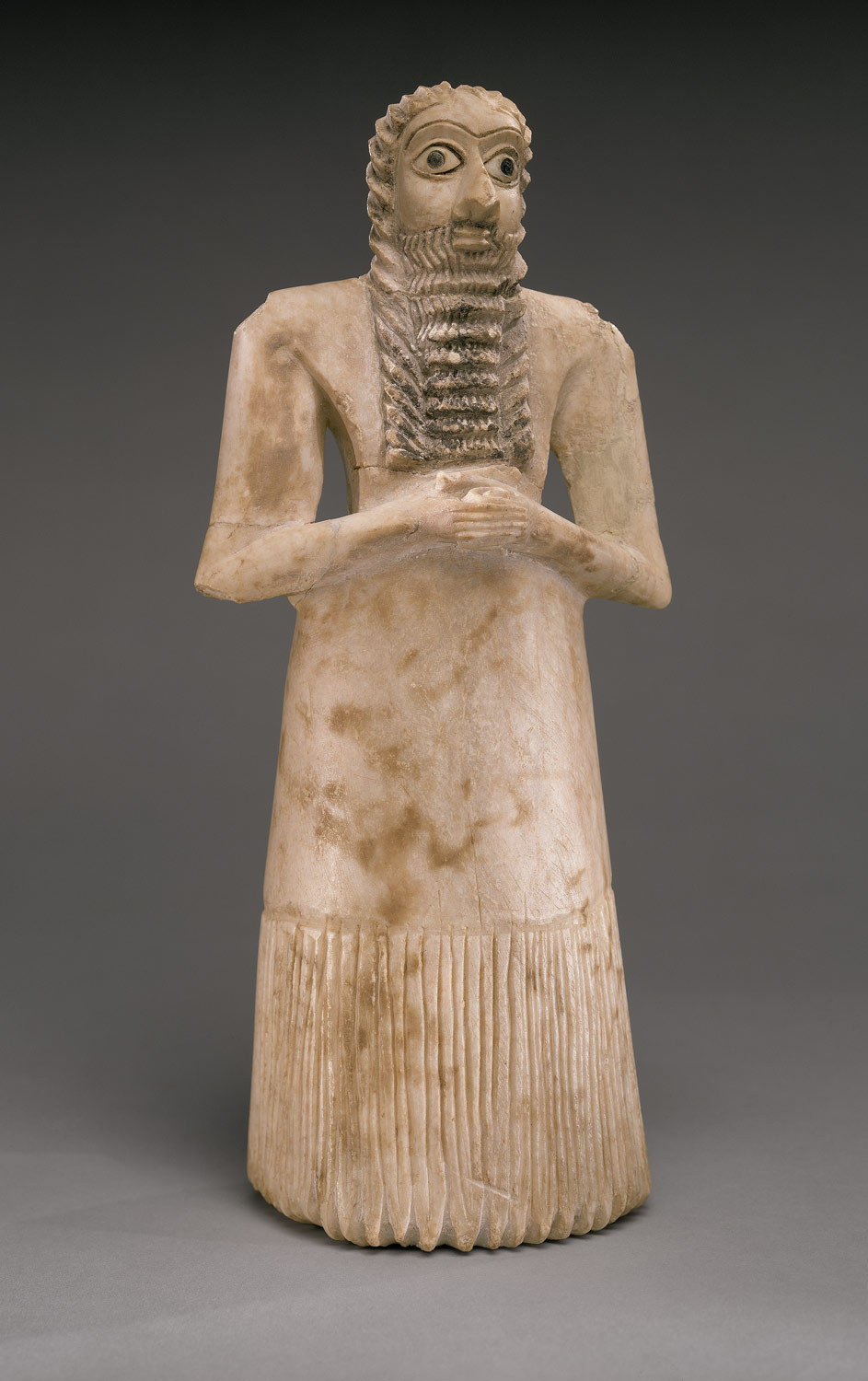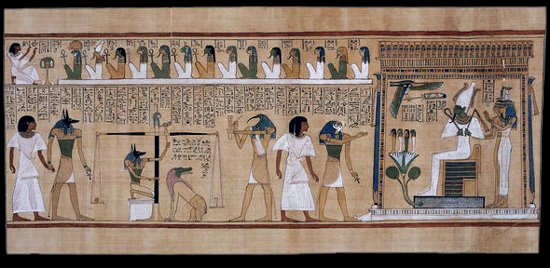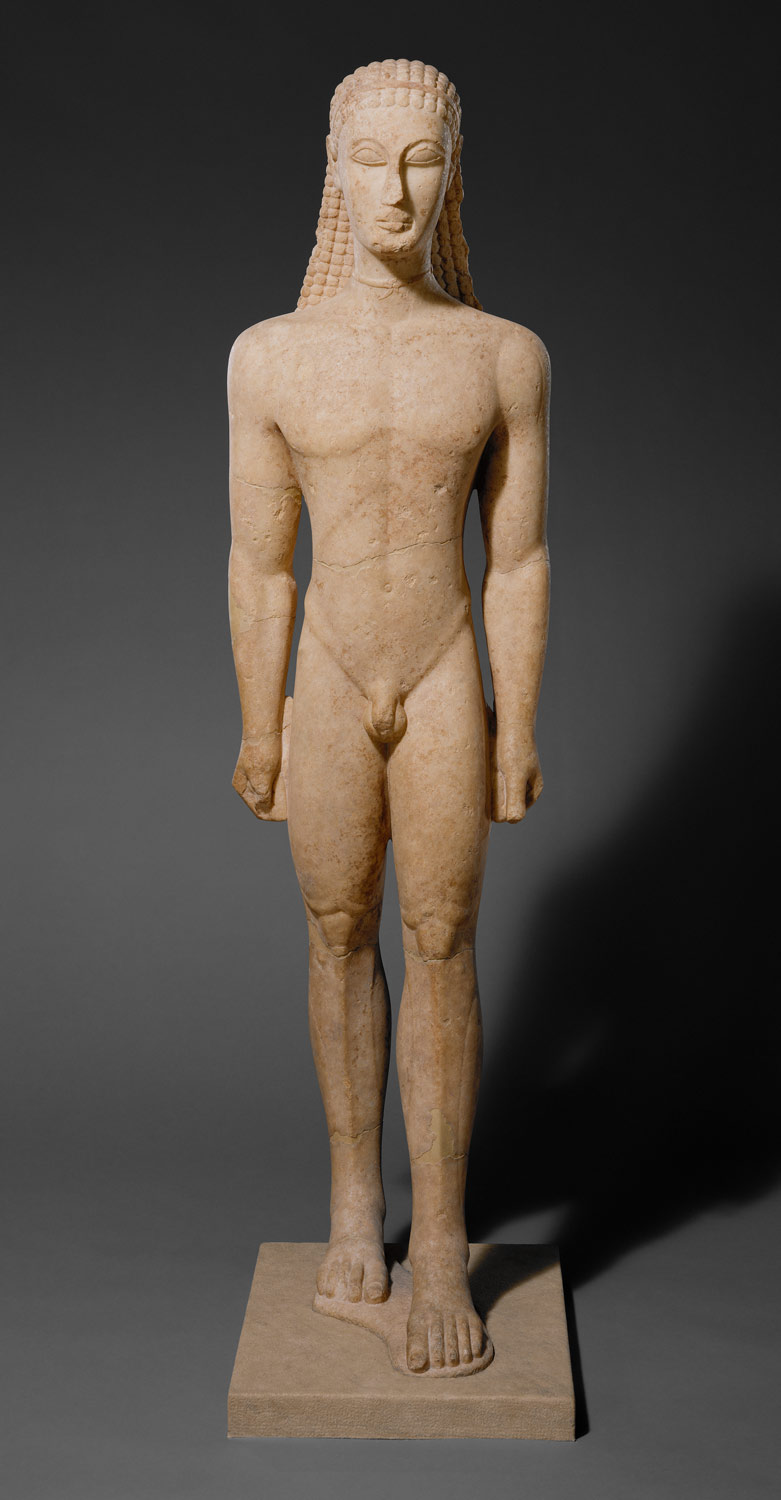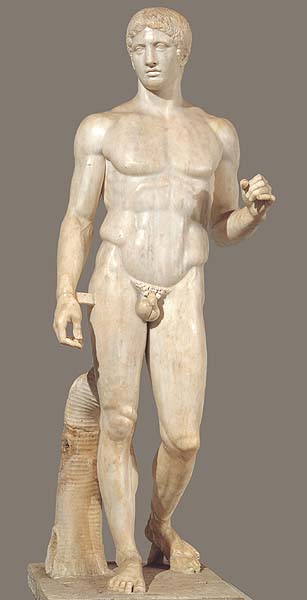Throughout the second unit of Art 1010 I learned a lot about ancient civilizations and how art from those civilizations are similar and how they are different. The four main civilizations that we focused on throughout this unit were Mesopotamia, Ancient Egypt, Ancient Greece, and early Ancient Rome.
Mesopotamia
The first civilization that we focused on in this second unit was Mesopotamia. Mesopotamian art tend to focus more on being symbolic and it was mainly used as a form to worship the Mesopotamian deities. An example of a piece of Mesopotamian art work is the sculpture named The Standing Male Worshiper. The sculpture was used as a stand in for someone was unable to pray to the deity. Due to the fact that it’s only purpose to worship a deity there was no real detail that can really be seen in the physical sculpture. The only detail that can be seen is the stylistic waves of the beard, the abnormally large eyes and nose with its small mouth and the basic detailing at the bottom of its robe.

Ancient Egypt
Another civilization which we learned about during the second unit of Art 1010 was ancient Egypt. Similar to art work from Mesopotamia, Egyptian art work was also centered around religion and worshiping deities. However, unlike Mesopotamian art which only focused on worshiping deities, Egyptian art also focused on people who were divine or had divine power and how they would interact with the deities or how they were judged/treated by the deities. An example of an Egyptian art work is the Last Judgment of Hu-Nefer, From his Tomb. This painting represents deities judging Hu-Nefer, a royal scribe who lived a good and religious life. In the painting It shows Hu-Nefer being lead by Anubis to a scale in which his heart will be weighed against a feather of Mo’at, since his heart is lighter than the feather Hu-Nefer is granted eternal life and is sparred from being eaten by Ammit, As these events occur he divine scribe, Thoth, is writing them down. After having his heart balanced he is lead by Horus to Osiris. In the top register it can be seen that Hu-Nefer is praising a long line of deities for allowing him to have eternal life.

Ancient Greece
Yet another civilization that we learned about during the second unit of art 1010 was ancient Greece. Unlike Mesopotamian and Egyptian art, which focused more on gods and served to honor/respect them, Greek art focused more on humans and more importantly how humans are at the center of moral and social concerns. This shift from a focus of deities to humans is known as Humanism. An example of a piece of art work that shows this shift is the Marble Statue of Kouros. When comparing this Greek sculpture to the Mesopotamian mentioned above we can see major changes. The Marble Statue of Kouros is more detailed then The Standing Male Worshiper, it emphasizes details to the human represented in the artwork by giving them abs and also by adding detail to their face it gives the statue a sense of emotion. There is also a change in the hair style, no facial hair, and a sense of motion thanks to one foot being in front of the other making it so that most of the weight of the figure to be on that leg that is forward, this is known as contrapposto.

Ancient Rome
The final civilization that we talked about during the second unit of art 1010 was early ancient Rome. Like ancient Greece, early ancient Rome also tend to focus more on humans and humanism instead of deities on religion. One similarity yet difference that Roman art has with Greek art is that they both focus on putting detail on the humans represented in their art work but Roman art is far more detailed then Greek art. An example of a Roman art work is Polykleitos, Doryphoros. Unlike the Mesopotamian and Egyptian art works, the Roman statue Polykleitos, Doryphoros focuses more on humans it has a lot of more detailing on the human body, similar to the Marble Statue of Kouros. The hair is less stylistic and more natrualistic, the facial features are not only proportional to each other but also to the entire body of the sculpture, these features also seem to express some form of emotion, something that could not be seen in art from Mesopotamia or Egypt. Another major difference is the stance. most Mesopotamian and Egyptian works of art are of people standing completely straight without any sense of motion in their body unlike Greek and Roman art in which there seems to be motion in all their artworks such as in Polykleitos, Doryphoros. The man represented in this art work is leaning on his right leg instead of standing straight up, this once again shows contrapposto like in the Marble Statue of Kouros,most of the weight of the statue is on the right leg which is why this particular art work has a support on its left leg.



